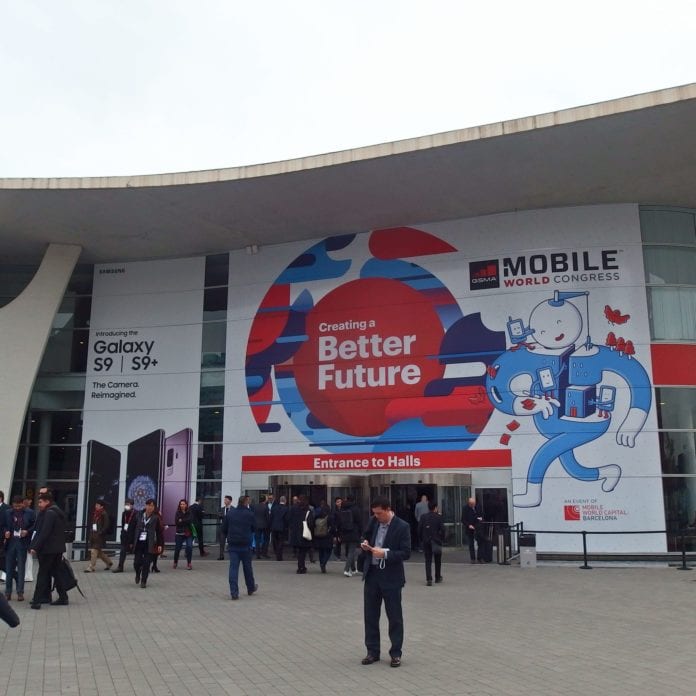Stagnation in smartphone innovation opens door for new entrants
It’s been a number of years since we’ve seen a truly different smartphone than the prior year. I mean, it’s clear that up until 2007, there was lots of differentiation already, then Apple accelerated the era of the glass brick smartphone. Innovation continued with the App Stores, then Android, then tablets, then larger phones. 3G,then 4G LTE offered a big bump in network speeds. Then fingerprint sensors and better cameras often drove interest, but now, it seems we are squarely in an era of smaller, incremental improvements.
Yes, every year the processors in the phones are notably better. Yes, every year we get less bezel, more LTE bands. OK, we’ve moved the fingerprint sensors around to make them easier to use. But in the past few years, have we really seen an innovation that made users NEED to upgrade to the latest phone? With a Galaxy S7 in my pocket, I’d argue “no”. And the wider market backs me up.
Gartner has been tracking smartphone sales since 2004, but just released their research showing that smartphone sales have dropped for the first time down 5.6% in 4Q 2017 as compared to one year earlier. Gartner reveals a problem with two fronts:
- At the high-end of the market, customers aren’t flocking towards new model phones with small incremental improvements, but often higher price tags. The notion here isn’t to criticize the phone makers. It’s not obvious today which enhancement they could add to phones that would create instant success. And they are trying…just not finding that better mousetrap.
- At the low-cost end of the market, the popular smartphones OSes do not perform well on the cheaper hardware, so users are not abandoning their good feature phones for “bad” smartphones.
These two fronts create some interesting dynamics in the marketplace, all on view here at MWC in Barcelona.
At the low end of the market, there has always been an effort to offer low-cost smartphones to the base of the pyramid as a way to bring these consumers deeper into the Internet age, and to sell them data packages. At this year’s show, the effort is to make that user experience better than a second-rate afterthought. Android Go, a light version of Android Oreo is being promoted by Google and a suite of partners. Go is designed to work well on minimalist phones with 1GB of working memory, 8GB of storage, and slower processors. Android Go also offers tools to help users manage storage better in constrained phones, and to consume less data for users trying to stay within the confines of a cheaper, or pay-as-you-go package. Google also delivers a suite of its basic apps designed to be light on the phones resources. Google envisions good Android user experiences can be achieved on phones at $50 retail, and even down to $30.
Of course, don’t expect most of those phones to be branded Samsung, LG, or…of course…Apple. This market is more likely to see phones like the Alcatel 1X, Micromax Bharat Go, ZTE Tempo Go, Huawei Y5 Lite, and the Nokia 1. Processors will come from cheaper brands, too, such as MediaTek.
At the high end of the market, the stagnation has a different look. Since phone replacement cycles have gotten longer, customers often buy a better phone, and expect it to last. That means that, despite the ending of the era of carrier subsidies, phone prices have actually risen. Top brands such as Apple and Samsung are selling fewer flagship phones, but at higher prices.
The combination of higher prices and slower innovation has opened the door, though, for newer competitors to nip at the heels of the big brands. While Samsung got all the press for its S9 launch on Sunday here in Barcelona, Essential was more quietly promoting its latest phone, the PH-1, in a new color of Copper Black. The thing is, on a feature-for-feature basis, the Essential phone comes pretty darned close to the S9, but surprisingly comes in at US$499. This phone echoes the success story we’ve seen with OnePlus phones that offer near top specs at lower prices.
It used to be that an upstart handset vendor had no shot at success in selling direct to customers, because high-end phones were sold through carriers with a subsidy. Buyers just chose from the carrier’s approved devices. But the end of subsidies has opened the door for customers to buy their own phone upgrades, and ecommerce makes the challenge of distribution pretty simple for the upstarts. It seems probable that the high price of the flagship brands, the disruption of the subsidy process, the stagnation of smartphone innovation, and the solid value and feature mix of the upstarts will increase your choices of your next phone, and may save you a few dollars, too.
So, while phones may seem stagnant or boring this year at MWC, I can assure you, the market competition for phones, both at the low-end and at the high-end, is anything but stagnant and boring.

